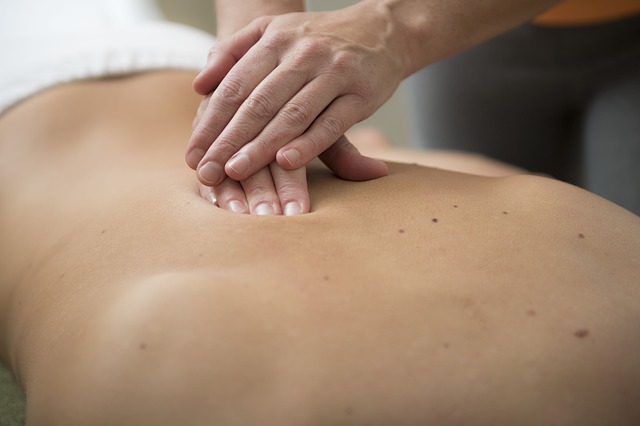This time we are going to talk about The curve that we see in the lower back is called lumbar curvature or lumbar curvature and technically it is lordosis lumbar.
Our back, as we all know, is made up of a series of segments called vertebrae, these segments join together to form a single joint called the spinal column, but this important and famous bone structure is not rectilinear, is formed by a series of curves (lordosis and kyphosis) that play an essential role in being able to efficiently support daily body weight. With the age, stress lack of exercise, sedentarismo… estas curvas tienden a perderse o incluso a invertirse generando rectificación lumbar o pérdida de curvatura lumbar, low lumbar hyperlordosis (in this case it is a compensation in the last vertebral segment) .
This generates a poor adaptation in weight distribution and in efficiency when moving and supporting loads., what in the long run, As we will see in the article, it will weaken and give back problems (disc dehydration, protrusiones discales, herniations, artrosis facetaria… entre otros).
Index
Types of curvatures in the lumbar spine
- Lordosis normal: As you can see, the individual has normal physiological curves of the back (It should be noted that within normality there are also minor asymptomatic deviations, painless and therefore painless). It can be considered an underlying disease).
- Hiper-lordosis: In this case, the curvature of the spine increases. As the chart shows, people have steeper spinal curves.
- lumbar rectification: In this case, the natural curvature is lost and the physiological curves are corrected..
- Investment : It is a development to correct lumbar curvature.
The importance of lumbar lordosis
With correct lumbar flexion or correct lumbar flexion, the weight does not fall directly on the disc. In this case, the lumbar muscles are firmer and tend to support a significant part of the body's weight. What's more, in this case, weight is evenly distributed between vertebrae, which helps keep discs healthy and hydrated.
Through numerous studies it was known that intervertebral discs can support up to 4 times more pressure in the absence of the right lumbar nerve. This is called lumbar curvature correction or loss of function..
When we lose the physiological curves of the back or back, weight falls vertically down, which causes direct pressure on the vertebrae and forces the posterior vertebra to bear the full weight of the vertebrae. The last vertebrae are the ones that cause most of the diseases.
Factors that favor the loss of lordosis
Lordosis and kyphosis (the curves of our back) they are physiological (we are born with them) and they are synonymous with strength and flexibility. Throughout life, as we get older, we have a natural tendency to lose these wounds, that tend to reverse, so it is important to work daily to maintain them. The exact composition of our sword.
There are different factors that lead us to lose the curves of our back, being the most important the following:
Sedentary lifestyle
The curvatures of our back are synonymous with movement, mobility, flexibility and, definitely, Health. Today's society makes us sit a long time. Since kids, at school, with video games, en la computadora… de adultos, en la universidad en el trabajo… vivimos en una sociedad. Society is becoming less and less active because we don't have to walk for long. distance as usual. All this makes us lose sight of the physiological curves of the body..
Excess stress and fatigue
As you know, physical and mental stress in particular makes us lose energy and vitality gradually, and this loss of energy directly affects the position of the body over time.
Emotional involvement
Estas emociones negativas nos hacen caer tímidamente en la “posición derrotada”, which over time moves the body into a degenerated position and eventually affects the curvature of the back.
Therefore, vigorous activity, exercise and physical activity are synonymous with back health and maintaining back curves and, as a result, discs suffer.
How to maintain lordosis
There are many specific exercises, both lengthening and strengthening, to maintain and achieve lumbar curvature, without causing suboptimal hypertrophy for back health, that can be very effective in restoring and strengthening the good articular mechanism of the spine. Physical therapists can open the vertebrae and relax the spinal muscles to promote flexibility and gradually restore the curvature of the spine., but the most important and easiest tip is, undoubtedly, exercising regularly every day.
Lumbar rectification (loss of lumbar flexion) is undoubtedly one of the most important factors leading to spondylolisthesis, since over the years an ideal dysfunctional mechanism has been established that, if we do nothing to correct this loss, will eventually create multiple lumbar vertebrae. Problems like bumps, herniated discs, etc.
